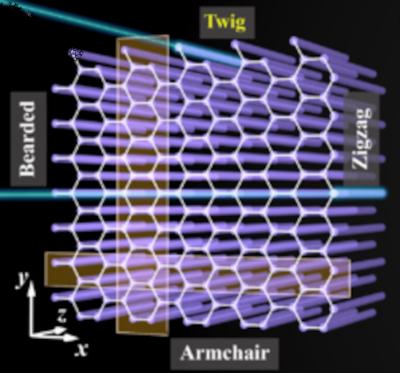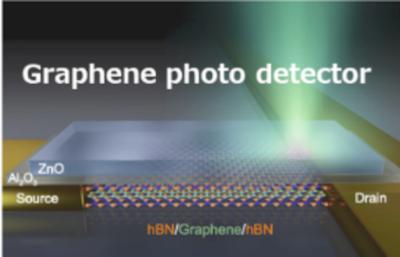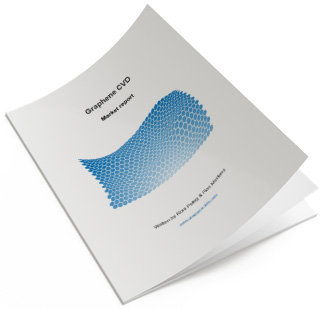Project Next-2Digits launches for next generation of sensors and imagers
A new Horizon Europe funded project was launched in October 2023. With a consortium of 11 partners from 8 different countries, the Next-2Digits project aims to develop the next generation of sensors and imagers enabled by 2D materials digital integration. Next-2Digits will run for 3 years and 3 months.
Coordinated by the National Technical University of Athens, Next-2Digits benefits from the presence of academic, research and industrial teams, whose areas of work span from graphene and 2D materials synthesis, characterization, manipulation, and integration, as well as in the fields of photonics, material science, application-based integration technologies and validation.


